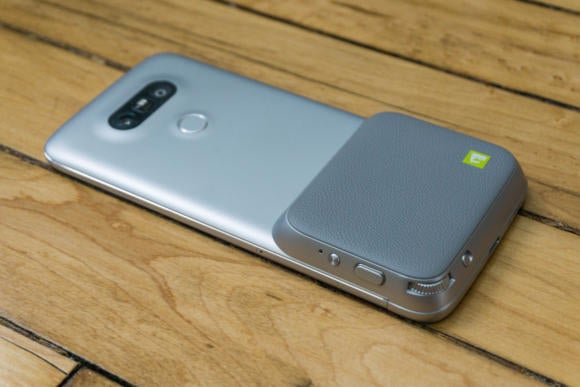
Image by
There are plenty of Android phones tablets that sound good on paper, but the experience is not all it’s cracked up to be once you get them in your hs. th so many manufacturers trying all sorts of wacky things pushing the envelope to st out, you’re bound to the occasional failure to launch. Maybe the pricing was bad, or perhaps the “killer feature” wasn’t so killer. Here are 10 Android devices with absolutely botched launches from which they could never recover.
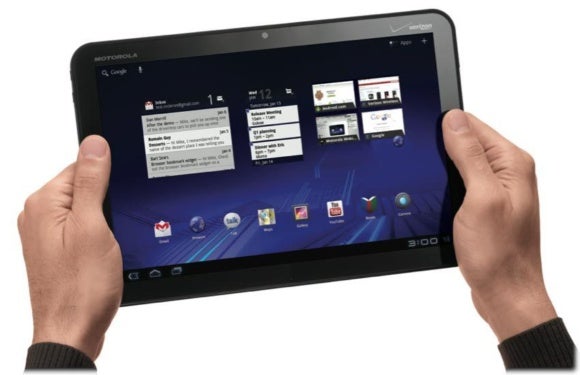
Image by
The Motorola Xoom was the first “real” Android tablet. ile the Samsung Galaxy Tab 7.0 beat it to market, the Xoom ran Android Honeycomb was optimized for a larger form factor. There were plenty of issues with the Xoom Honeycomb, but it served its purpose to show what Android was like on a larger device. The E variant, on the other h, was a complete mess. This device cost a whopping $800, which was $200 more than the -Fi only Xoom. For that added money you got no E—just the promise of a future upgrade.
There was no E hardware in the Xoom, which was very new for Verizon at the time. Instead, buyers were told they’d be able to upgrade their device to support E in the coming weeks. That ended up stretching into months. Update didn’t become available until seven months after the device launched. You had to factory reset your tablet send it away for Verizon to install the E modem, which took about a week. As you can imagine, sales of the E Xoom were pretty bad. Don’t promise what you can’t deliver.
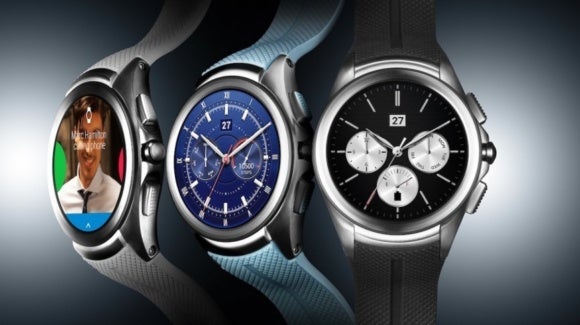
Image by
The Android ar 1.4 upgrade was a big one with support for speakers, more gestures, E, voice messaging. The tch Urbane 2nd ition was supposed to be the flagship Android ar watch to show those features off when it launched in late 2015. Then, ran into a little issue. Only a few weeks after Verizon AT&T started selling the tch Urbane 2, had to recall the watch because of a hardware defect (it turned out to be the display).
The tch Urbane 2 was delayed indefinitely while worked on a fix. The company didn’t even offer a timeline, which was a big mistake. Many potential buyers assumed the watch was gone for good. Naturally, when the watch did go back on sale in mid-2016 there were not many buyers still interested. Android ar was in a lull at that point, in part because the Urbane 2 left a gap in ‘s smartwatch lineup.
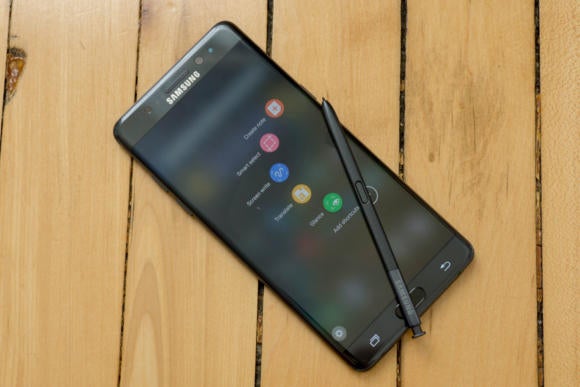
Image by
The mess surrounding the release of the Samsung Galaxy Note7 is quickly becoming legendary as Samsung tries to pick up the pieces from what was supposed to be its most successful phone launch ever. The Note7 launched in the fall of 2016 to rave reviews, but it became apparent the battery was failing catching fire at an alarming rate. Okay, so a recall. The problem: Samsung got the recall underway so fast that it didn’t have time to properly test the new batteries. It just really, really wanted to get the Note7 back on shelves. en the replacement Note7 devices showed a propensity to explode as well, Samsung pulled the plug permanently.
The company eventually released its findings from a months-long investigation of the incident. It found that the shape of the first battery caused negative electrodes to be bent inward where they came in contact with the positive ones shorted out. The second batteries also suffered a positive-negative short, but this one was caused by welding burrs. If Samsung had taken a little more time to investigate test after the first recall, there might still be a Galaxy Note7 on the market today.
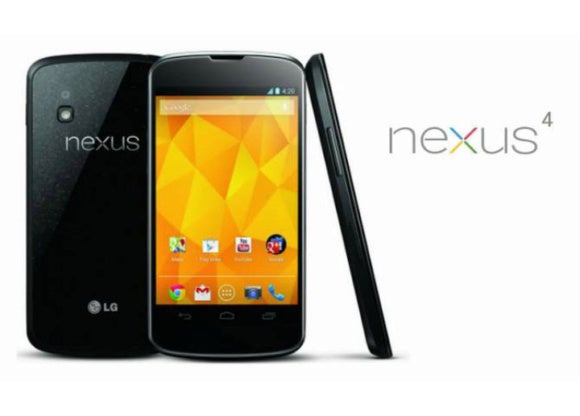
Image by
never really took the Nexus phones seriously, that was particularly apparent with the release of the Nexus 4. If you thought the last few phones had supply problems, you must not remember the Nexus 4. This device garnered huge interest with the low $300 starting price. The available stock sold out within minutes of going on sale, which isn’t completely unheard of. However, then realized it sold too many devices started delaying orders indefinitely.
The Nexus 4 was almost impossible to find for months after its release, even when you got one it didn’t have E… or did it? It turns out the antenna was able to connect to E even without the right signal amplifier. st as people were starting to get excited about the secret E, issued an update to lock E in the radio firmware. It didn’t really have a choice as the device wasn’t certified for E by regulators. Still, it was just another thing that annoyed people who had already dealt with the messy launch to get a phone.
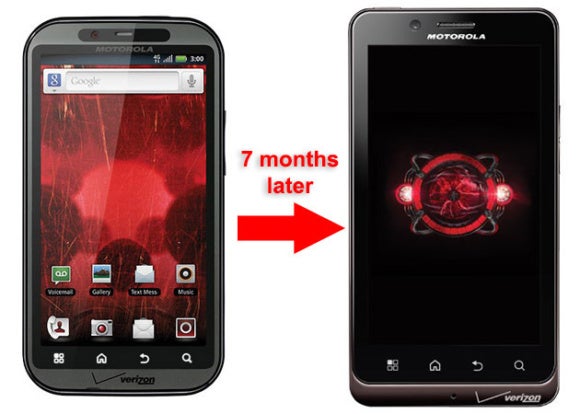
Image by Motorola
The Droid Bionic was demoed at CES in 2011, where it was supposed to usher in the era of dual-core Android smartphones with E. Then it just didn’t come out. Motorola remained mum on the Bionic for months, then it finally came out in fall of 2011. However, it wasn’t really the Bionic. Sure, Verizon Motorola called it the “Bionic,” but the phone that launched bore little resemblance to the original Bionic.
The delays caused by the redesign resulted in the Bionic missing its window. The Galaxy S2 was released over the summer, the Droid Razr was heavily rumored over the fall, as was the Galaxy Nexus E. Those phones ended up launching right after the Bionic, effectively killing any momentum that phone would have had. It was poor planning all around. Verizon Motorola should have just canned the Bionic when it became clear there was no space in the lineup.
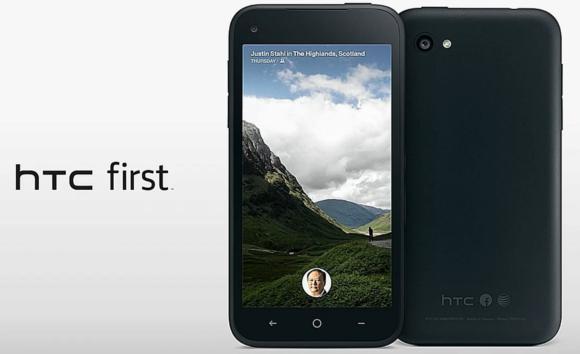
Image by HTC
Facebook was often cited as a potential competitor in smartphones as Android started to take off, but when the Facebook phone finally happened it was running Android. It was also a spectacular disaster. The HTC First came at a time in 2013 when HTC’s hardware efforts (especially cameras) were faltering, the software didn’t do it any favors. The Facebook Home interface was something of a mess. It was based heavily on your Facebook feed, there’s probably a lot of garbage in your feed.
th the right pricing, a device like the HTC First might have had a shot, but that’s not what we got. It was exclusive to AT&T, which insisted on a $99 on-contract price (it was hundreds of dollars more without one). AT&T reportedly only sold a few thous units during the first few months, at which time it dropped the price to $0.99 on-contract. Maybe that was the right price in the first place, but this instantly kicked off a new round of coverage on the phone’s failure. It was over for the First at that point.
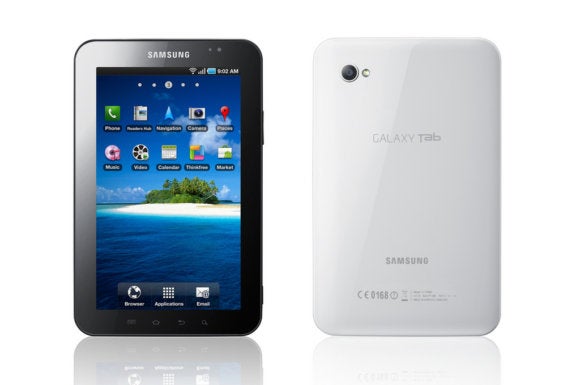
Image by Samsung
Samsung was riding high on the success of the Galaxy S in late 2010 when it decided to go after the recently released id. It really could not have picked a worse time to do it, though. The Galaxy Tab 7.0 was the first Android tablet from an established OEM, but it ran Android 2.2 Froyo at launch. It didn’t work well on tablets at all.
Gingerbread came out almost the same time as the Galaxy Tab shipped, unveiled Honeycomb a mere two months later. Despite its flaws, this was a version of Android properly optimized for tablets. It made the Galaxy Tab 7.0 look hideously rushed doomed it to failure. The $400 price tag also seemed high for something that was essentially a large poorly optimized phone. If Samsung had just cooled its jets waited a few months, it could have started its tablet plans off on the right foot.
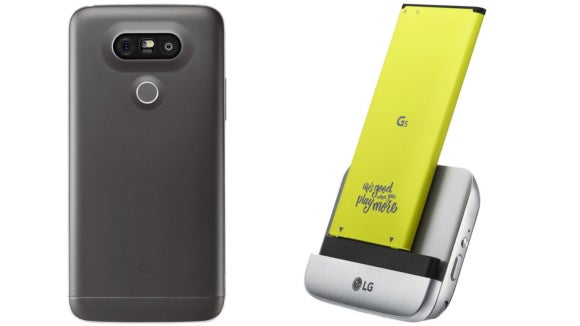
Image by
The G5 doesn’t seem bad on paper—Snapdragon 820, quad HD screen, a removable battery. The problem was ’s attempt to carve out a new modular phone category. The G5 had a chin that popped off to allow users to connect modular accessories. It wasn’t the most compelling feature, but the real problem was the almost complete lack of modules. The modular design also required design compromises that made the phone feel cheap compared to the competition.
In all, released two modules for the G5; a camera grip a HiFi DAC. The HiFi wasn’t even released in the U.S., let’s face it, the camera grip was a terrible idea. So, the launch modules stank, things didn’t get any better because never released any more of them. At the end of the day, even had to admit the G5 was a flop as it reorganized its mobile division over the summer of 2016. If it wanted to do a modular phone it should have actually had some good ideas for modules ready to go.
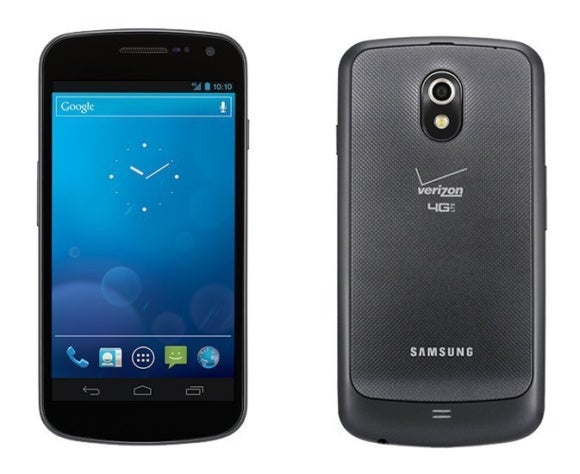
Image by Samsung
The Galaxy Nexus was the first phone to run Android 4.0, which was the most significant update Android had ever seen up to that point. One big problem—the Galaxy Nexus was exclusive to Verizon in the as a special E variant. Verizon was so excited about the device that it didn’t carry a version of the Samsung Galaxy SII that year. The launch got off to an inauspicious start with a month long delay, then it only got worse.
The Galaxy Nexus was over $700 off-contract $300 on-contract when it launched in late 2011. Right from the start updates were slow compared to the international device, which annoyed the Nexus fans who switched to Verizon to get the phone. Battery life was also worsened by the first few updates. The final nail in the coffin was ’s release of the unlocked Galaxy Nexus on the ay Store in April 2012 for $399, just over half the cost of Verizon’s version. Verizon didn’t benefit much from just a few months of exclusivity, but that was long enough to permanently hobble the Gnex in the . Everyone lost on this one.
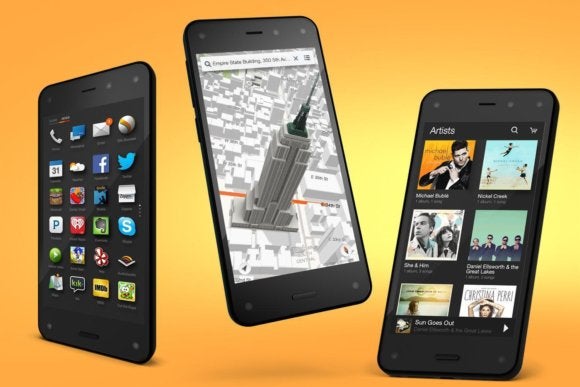
Image by Amazon
By the summer of 2014, Amazon had been selling Android tablets with moderate success for years. Bezos company decided to throw a phone into the mix, but the Fire one made just about every mistake it was possible to make right out of the gate.
The “killer feature” was Dynamic rspective head-tracking tech, which was little more than a tech demo. There weren’t enough apps games available to take advantage of it. There weren’t even enough apps games in general because the Fire one had no apps. That was something consumers put up with on cheap tablets, but not an expensive phone. How expensive? It was $650 off-contract was exclusive to AT&T where it was $200 with a contract. None of that was a good idea. The phone was eventually sold unlocked for as little as $130 to clear stock. The Fire one might have had a shot if pricing availability had been more in-line with the Fire tablets.















